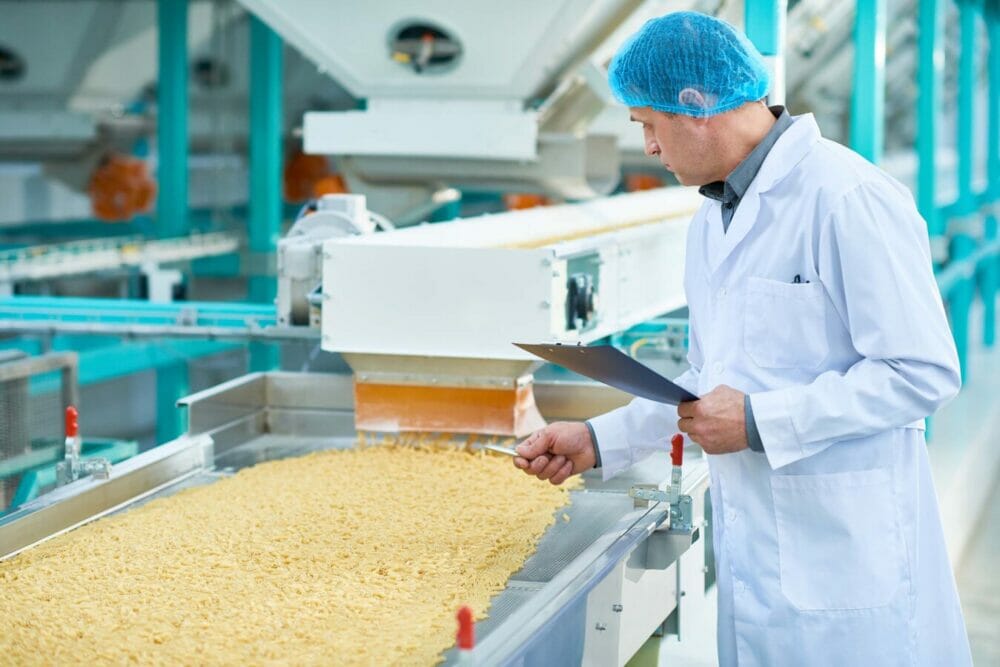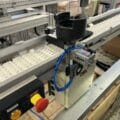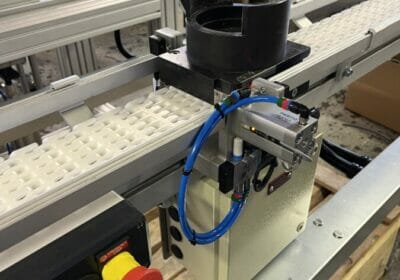Meeting standards in food manufacturing with machine vision.
According to a recent survey, only 1.7 per cent of businesses are using machine vision, and a further 0.4 per cent are testing specific advanced technologies using machine vision. This is concerning, particularly for food and beverage manufacturers that rely on their products meeting strict standards. Here Adam Carless, TwinCAT Vision product specialist for Beckhoff Automation UK, explores how machine vision can improve the inspection process in food manufacturing and what plant managers need to consider when choosing a machine vision solution.
85 per cent of production errors, recalls, and machine downtime in food and beverage manufacturing are caused by human error. While a lot of the time, food recalls relate to the product itself, faulty packaging can play a part. Broken packaging could lead to food contamination or increased oxidisation of fruit and vegetables, which would cause them to rot before their stated use-by date.
To help prevent this from happening, machine vision systems can be set up on any production line and used to check each product against what the system’s artificial intelligence engines have deemed correct.
Machine learning solutions can also be used to identify and remove defective products before they leave the facility. By learning the dimensions, weight and look of what a perfect product looks like, the system can then distinguish between that and imperfect products. When integrated with other machines, like a robotic arm, the system can then remove the defective products from the line before they leave the facility, or go through further costly manufacturing stages.
One of the most important considerations when choosing a machine vision solution is the integration with the existing technology used on the production line, for example the programming language.
TwinCAT Vision, offered by Beckhoff Automation UK, is an extension of Beckhoff’s TwinCAT 3 software. The open automation principles that lie behind the software means that engineers can continue to use the programming language and software environment they are familiar with, rather than having to learn a new one for their machine vision system.
The ability to bring all systems under one programming language and software environment allows for the easy synchronisation between systems, which results in a reduction in latency. The TwinCAT Vision system can be easily configured which means that it can be brought under the same control environment as robotics and motion applications, which results in less additional work for the engineers.
Machine vision gives food manufacturers peace of mind that their products are leaving their facility in the best possible condition. For more information on how TwinCAT Vision can be integrated into your existing production line, visit TwinCAT Vision | Beckhoff United Kingdom.






